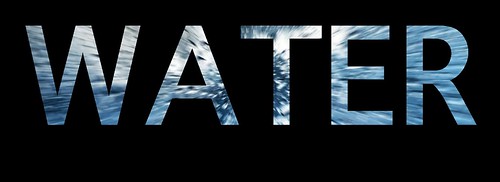Water Hackathon
 What: The Water Hackathon is a collaborative effort between Pachube, Ushahidi, Citizen Sensor, DontFlush.Me and Public Laboratory -- and is open to all comers!
What: The Water Hackathon is a collaborative effort between Pachube, Ushahidi, Citizen Sensor, DontFlush.Me and Public Laboratory -- and is open to all comers!
Where: Parsons the New School for Design 6 E 16th Street, 12th Floor. Bring a state-issued ID to sign in.
When: March 23-25, 2012 Schedule overview: We will start with an evening mixer on Friday night to form groups and talk about projects, hack all day Saturday and show our work in a public session that evening. Sunday will see software teams continuing to work in the Parsons space, and hardware teams going out to the Gowanus to test their creations.
Friday 23 7:00pm (space opens at 6pm) Ignite talks by: Don’t Flush Me EPA volunteer water monitoring program Public Laboratory -- three tools related to water, see Ideas section below Water Voices -- (this one may come with a ca$h prize) Pachube -- services available Ushahidi -- Dale/SudanWater
Saturday 24 10:00 - 6:00pm Hacking -- we'll start by organizing into teams. 7:00 - 9:00pm Public Presentations -- come see what everyone's made!
Sunday 25 -- Test it outside: canoeing on the Gowanus. NEW LOCATION Meet at the Gowanus Dredgers 2nd Street Canal Launch Site: Take the F or G to Carroll Street - exit to front of Bklyn-bound train, cross Smith Street and walk three blocks down 2nd Street to the Canal. Software teams working on the Ushahidi <-> Pachube bridge may continue to work in the Parsons space.
Meetup Page: bit.ly/waterhack Meetup Description: Come hack water with Pachube, Ushahidi, and PublicLaboratory.org. We will be exploring how we can crowdsource water quality information, connect real-time data and citizen observed reports with a Pachube<->Ushahidi linkup, build our own investigative tools, and contribute to social issues affecting our local area here in NYC.
Ideas: The Public Laboratory community will be bringing some water quality related tools/parts/ideas to hack on, for example, a hand-held near-infrared spectrometer that can identify commonly found contaminants like polyaromatic hydrocarbons (PAH), two options for a turbidity meter (one featuring an inexpensive light sensor and LED to create controlled lighting conditions, the other based on a smart phone), and a thermal “fishing bob” which changes color depending on the temperature of the water it touches.
Support: We are seeking sponsorship for materials and supplies from Pachube and Future Electronics/Melexis.